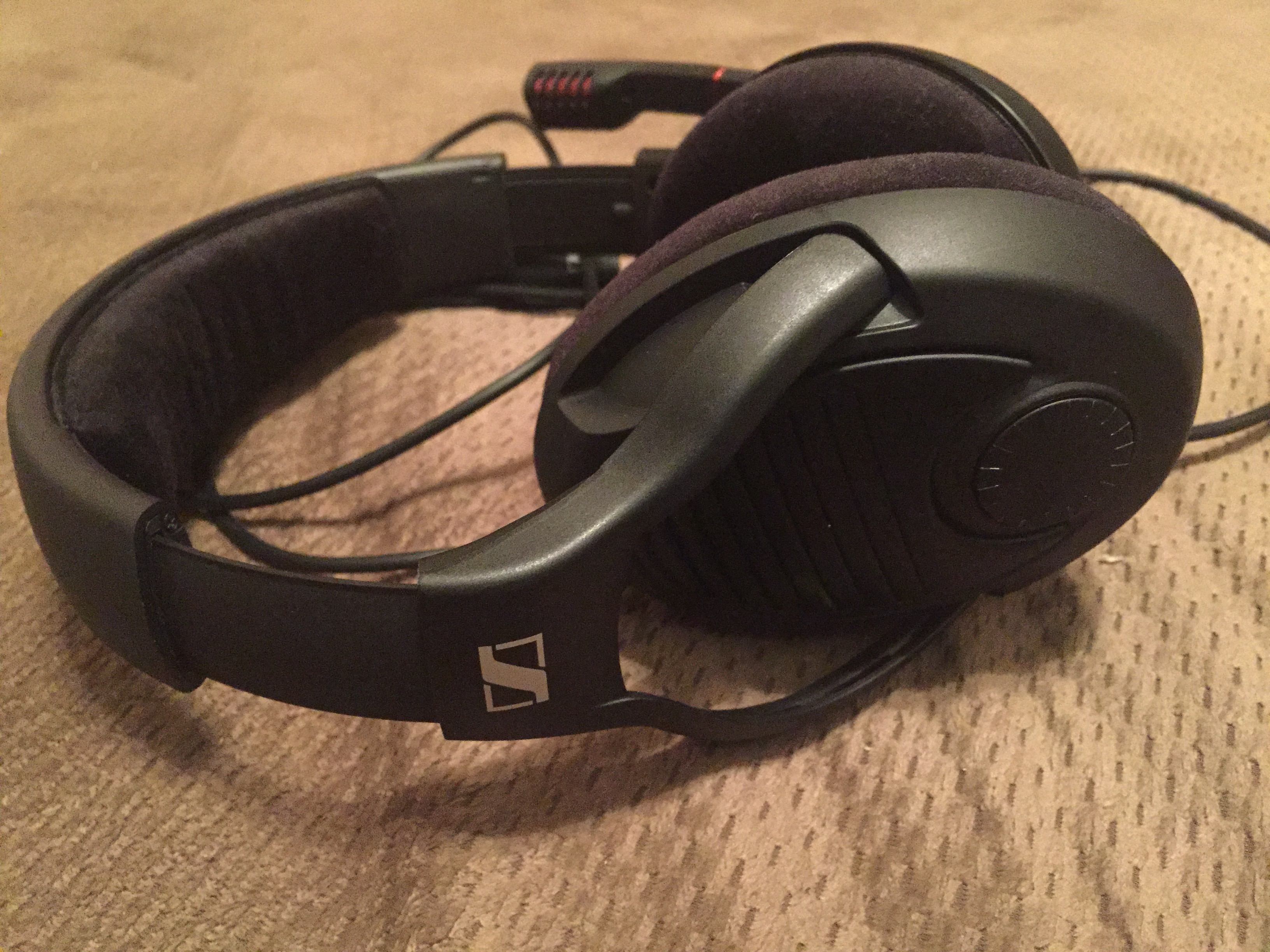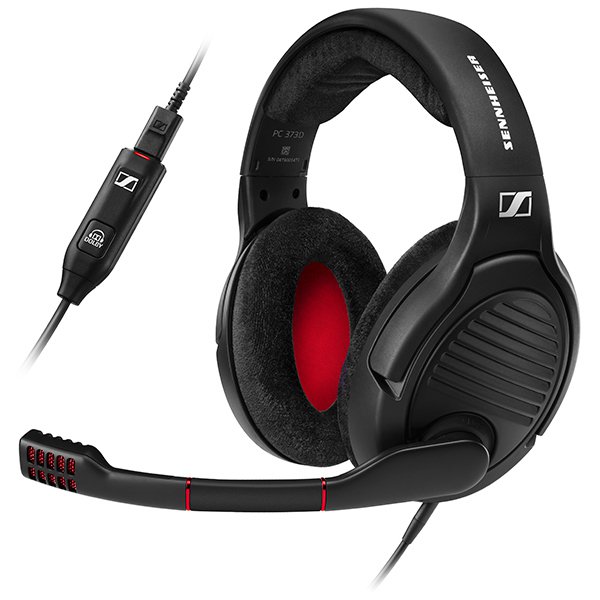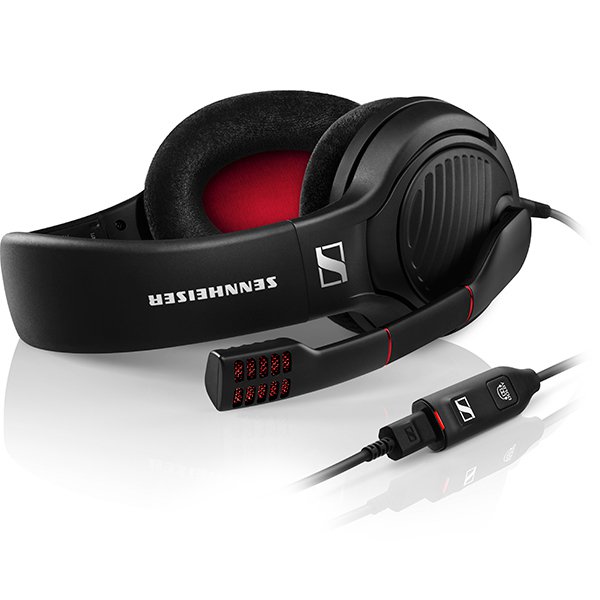For serious mobile gamers, the need for a good headset is ever-increasing. There’s the streaming community, of course, with various platforms for streaming mobile games out there. Games like Vainglory (Free) work better with the ability to chat with teammates. And if you get games of Modern Combat Versus going, you’ll want to chat with folks on Discord while you do so. But the gaming headset market is such an interesting market because it’s so ripe for disruption by companies that know how to make good headphones. Popular brands like Razer are far more about branding and style with their headphones than with sound quality. As well, older gamers or those with a more subdued sense of style might not like the loud designs that these use. So, competitors have a blue ocean of opportunity to compete in this market. We’ve seen the HyperX Cloud, which took a smart path by utilizing a solid OEM headphone and adapting it to have a microphone. And of course, intriguing options exist with external microphones such as the ModMic. Sennheiser is one of the oldest and most respected headphone companies around. They’ve been making great headphones for decades, and the Sennheiser HD600 family remains a top pick for audiophiles. My Sennheiser HD580, an older model in that family, has an impressive natural sound to it once you give it the proper amplification. But Sennheiser also has made some entries into the consumer range, with their Sennheiser Momentum headphones, and the Sennheiser HD598 family providing consumer-friendly, entry-level audiophile sound at a great entry price. Sennheiser is making bigger steps in the PC gaming headset category, and one of their latest entries is the PC 373D.
Now, Sennheiser has made a few entries into the gaming headset market, and there seems to be a similar family of headphones in the Game Zero, Game One, and PC 373D. The Game Zero is closed back, the Game One is open-back and features an analog cable, while the 373D comes with one cable, a digital dongle that you plug into your source. For iOS users, what’s cool is that if you have a USB camera connection kit adapter, the USB dongle works natively on iOS. The downside is that this adapter is $29 (unofficial ones, such as this handy cable, keep getting broken by iOS updates, thanks Apple) so if you don’t have one already then it might not be in your wheelhouse. The connection into the headphones is 2.5mm TRRS, so you can get an analog-only cable for these. With a 50 ohm impedance and 116 dB sensitivity, you should get near-ideal volume from most consumer-grade headphone outputs. The plug design is such that it looks like it’ll be tough to get an aftermarket cable from anyone but Sennheiser. Sennheiser’s cables are certainly affordable enough for $16.95 for a TRRS termination (which you can use an adapter to get it in separate TRS/TRS headphone/mic connections), but it’s not on Amazon if you wanted something super fast. Still, I’d put in an order for this cable if you want to use it on everything you have, though the USB dongle will work ideally on PC, and should be functional on mobile and PS4. If Apple ever approved a micro-USB to Lightning cable for DACs (the micro-USB adapter that Apple sells is not for external accessories) then this would be perfect for the 373D.
The PC 373D’s USB dongle has a clever design, where the 2.5mm TRRS cable, which is 1.7m long, terminates in the dongle and has a micro USB female port. What this means is that you can customize the length depending on the length of the micro-USB cable you choose. The included micro-USB cable is 1.2m, but you can use your own if you want a shorter or possibly even longer connection to your source. How about volume control? The volume control on the cups is an analog volume attenuator, which may not be ideal as you could be losing some dynamic range with this kind of volume control. Additionally, the lowest volume is not a true mute, so if you want to use this as a quick way to hear the outside world, it won’t do that. It feels like a suboptimal combo, combining the possible downsides of digital volume control (such as if the volume being output to the headphones is just changing the digital volume or if it’s affecting the actual analog volume going to the headphones) with the weaknesses of passive volume attenuation. The microphone mutes when you raise it upward, which is a nifty function. You can hear an audible click, too. Despite the headphones being open-back, you don’t have to worry about the microphone picking up audio leaking out.
What does it mean for headphones to be open-back? It means that sound will leak out from the ear cups of these headphones. The benefit is that you get a more natural, wider sound. Closed-back headphones, while ideal for portable usage and often for enhancing bass, can suffer from resonance issues due to the closed earcups. The PC 373D is not meant for on-the-go usage, but primarily for home usage. What is interesting is that these headphones feature rather strong bass, making them isolate better than they otherwise would. Isolating low frequencies is the toughest form of isolation to get, and these seem to do a good enough job at that. If you like hip-hop and modern music, these feel particularly attuned for these genres. But the bass doesn’t feel as tight and controlled as other headphones in the audiophile range that I’ve used, it has more of a boomy quality that feels like it blends too much into the mids for my preferences. These headphones have a quality soundstage to them. It might pale to something like you might get from an open AKG headphone, but it’s still rather good for most consumer-grade headphones. The headband could be a bit denser, as it feels like my head is touching the headband up top, not providing enough cushioning. The earpads, which are velour, feature sizable ear cups that should contain even the largest of ears.
One of the things I love about my Sennheiser HD580 headphones are that they’re modularly designed to where you could actually assemble a set yourself with spare parts sold by Sennheiser. While I don’t know if you could do that with the 373D, the good news is that you can buy replacement earpads for sure. The headband doesn’t look like it’s easily replaceable, and Sennheiser doesn’t list part numbers for everything, but contacting their support should help you out. At worst, you have a 2-year international warranty with these headphones, and Sennheiser generally makes durable products.
The PC 373D does feel optimally designed for PC. One annoying factor is that while the Dolby Headphone seems to use some form of internal surround on PC (a test in Windows plays back all surround speakers), that means that it only works on PC. Dolby Headphone can work with stereo sources, but the button to activate it won’t work on non-PC platforms. The HyperX Cloud II’s virtual 7.1 didn’t use a 7.1 source, but at least it was platform agnostic if you wanted that boost in surround field. I don’t think the effect is worth it, particularly here where the sound feels like it gets too tinny and compressed to be any good despite the advantages in soundstaging. As well, you lose configuration options for sidetone, noise canceling, and basic equalization if you’re not on Windows. Moving some of these options to the dongle would have been fantastic.
The problem with the PC 373D is just that it sits in an odd middle ground of quality. The headphones sound better than many headsets, and have a sleek look to them that’s mature without being too mature. But you can do better if you want wider sound, and if you want more bass. And the various gaming features are of limited utility depending on your setup. And the exclusion of the analog cable feels like a missing opportunity to make these an even more versatile product. While I like the headset microphone and its functionality, for the $250 MSRP (though they’re about $210 on Amazon as of writing), you might be better off getting a set of headphones that you like – even something like the Sennheiser HD598 which can normally be found in the $100-$150 range, and bringing your own microphone in the ModMic, an external clip-on mic, or an unofficial third-party option like this, might not be a better option. But then again, if these drawbacks don’t sound like they’d be a weak point in your setup, you could do a lot worse than the PC 373D.



